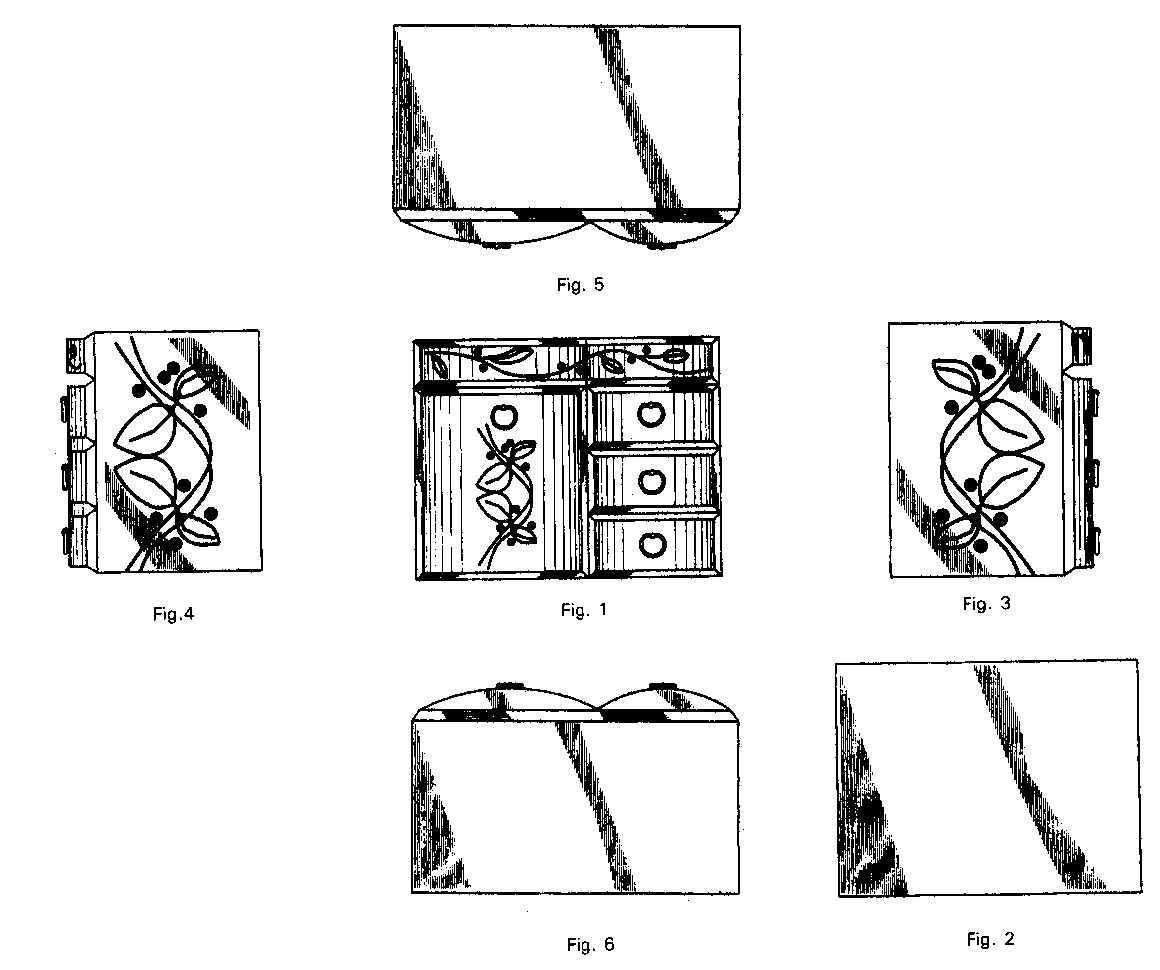Introduction
The United States Patent and Trademark Office (USPTO or Office) is the government agency responsible for examining patent applications and issuing patents. A patent is a type of property right. It gives the patent holder the right, for a limited time, to exclude others from making, using, offering to sell, selling, or importing into the United States the subject matter that is within the scope of protection granted by the patent. The USPTO determines whether a patent should be granted in a particular case. However, it is up to the patent holder to enforce his or her own rights if the USPTO does grant a patent.
The purpose of this guide is to provide you with basic information about filing a utility patent application. A patent application is a complex legal document, best prepared by one trained to prepare such documents. Thus, after reviewing this guide, you may wish to consult with a registered patent attorney or agent. Additional information is available:
- by calling the USPTO’s Contact Center at 800-PTO-9199 (800-786-9199) or 571-272-1000
- on the USPTO website at www.uspto.gov
- at your nearest Patent and Trademark Resource Center (PTRC). You will find information on PTRCs at the end of this guide.
There are three types of patents: utility, design, and plant. There are two types of utility and plant patent applications: provisional and nonprovisional. A provisional application is a quick and inexpensive way for inventors to establish a U.S. filing date for their invention, which can be claimed in a later-filed nonprovisional application. A provisional application is automatically abandoned 12 months after its filing date and is not examined. An applicant who decides to initially file a provisional application must file a corresponding nonprovisional application during the 12-month pendency period of the provisional application in order to benefit from the earlier provisional application filing. A nonprovisional application is examined by a patent examiner and may be issued as a patent if all the requirements for patentability are met. Each year the USPTO receives more than 600,000 patent applications. Most of the applications filed with the USPTO are nonprovisional applications for utility patents.
This guide contains information to assist you in filing your nonprovisional utility patent application. It specifies the required parts of the utility patent application and identifies some of the forms you may use (available on the USPTO website at www.uspto.gov). This information is generally derived from patent laws and regulations found at Title 35 of the United States Code (U.S.C.), and Title 37 of the Code of Federal Regulations (CFR). These materials, as well as the Manual of Patent Examining Procedure (MPEP), are available at the USPTO website, at PTRCs, and at most law libraries.




